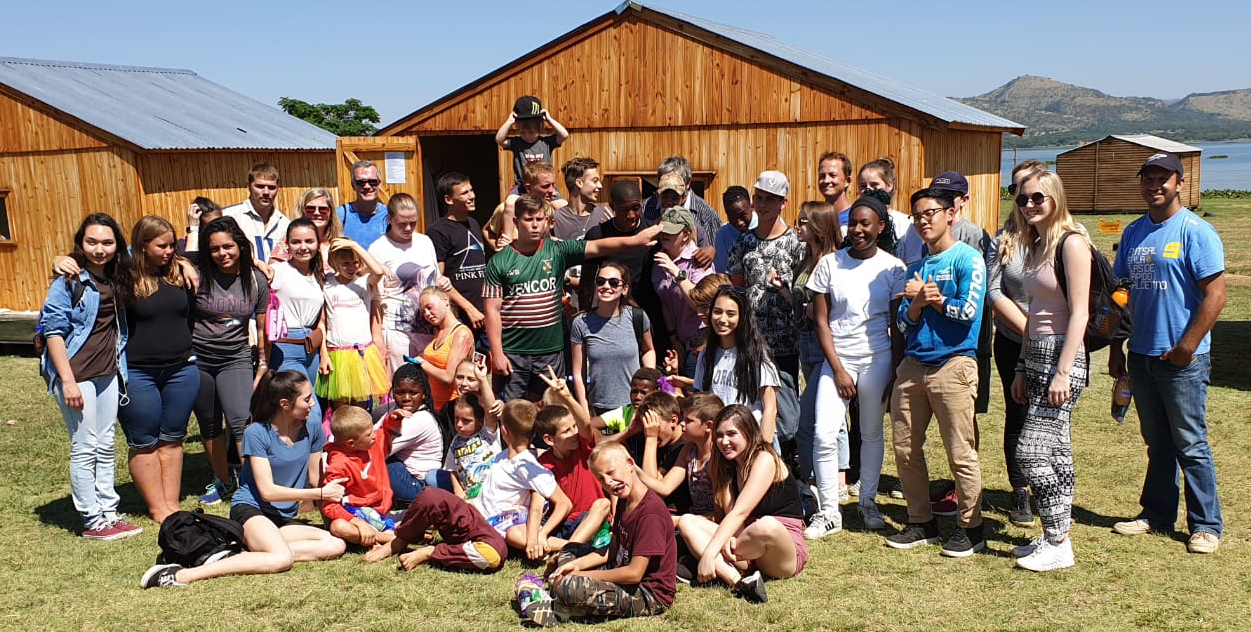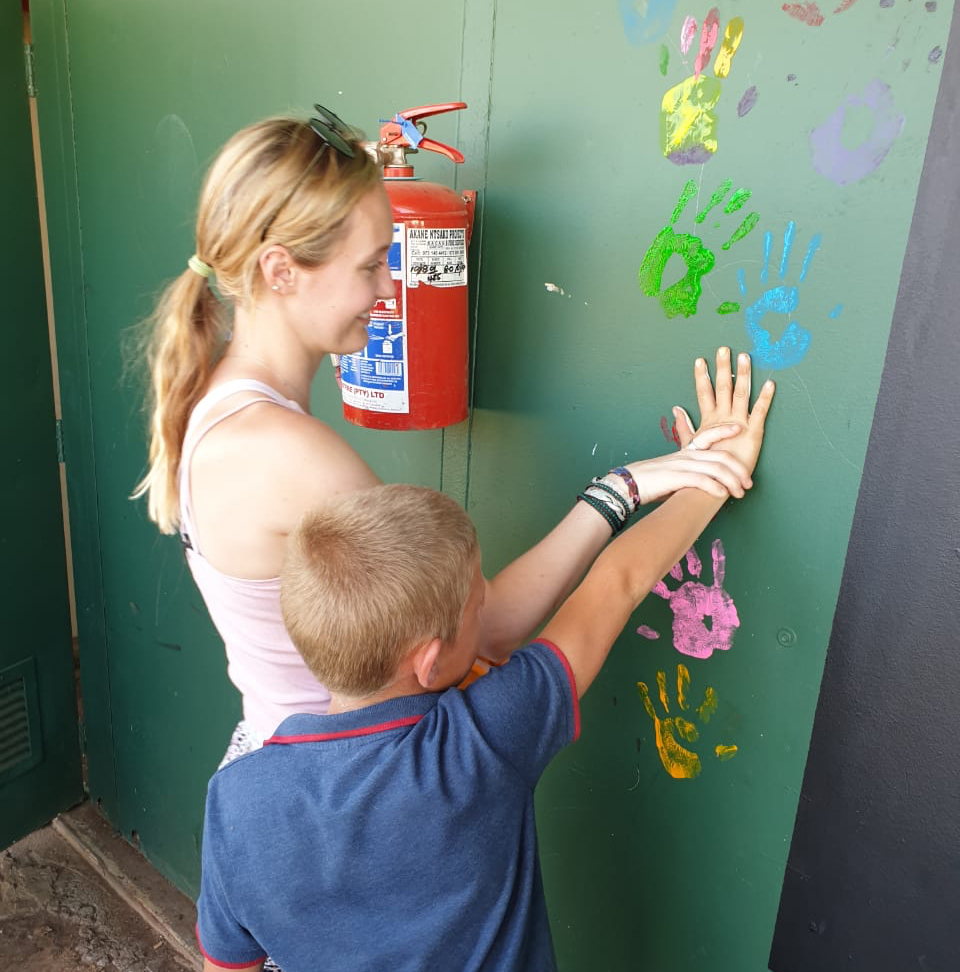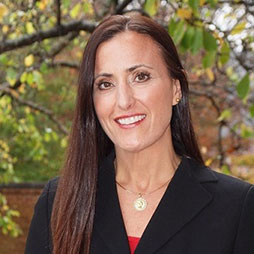



by Head of Upper School Dr. Monica Gillespie and guest author Julia Bernicker, Class of 2019, ASB president
Student leadership matters at Parker. Healthy schools are those where all students feel that they belong, make connections, and are known and valued. These characteristics of a school are essential to creating an environment and climate in which everyone thrives. We are especially fortunate to have an outstanding Associated Student Body (ASB)—our student government. Parker’s ASB is among the best in the state and has been recognized by the California Association of Student Leaders’ Outstanding Leadership Program Award for the last 20 years. Our student leaders consistently demonstrate the values of ethical and responsible servant leadership as they positively impact our School climate. Through their hard work, creativity, and authenticity, we have a healthy and vibrant school climate for all students and faculty.
When asked to share thoughts about student leadership in the Upper School, I knew that the best way to communicate its value was to have ASB President Julia Bernicker, Class of 2019, share her perspective. It is precisely because of students like her that we have such a strong community.
The Value of Student Leadership at Parker by ASB President Julia Bernicker
Last year in ASB class, we were given a very important task: to create a mission statement that we, as the student government of the School, could use to guide ourselves and our work. When our advisors first introduced us to this idea, I think we were all a little confused. We already had an ASB constitution, which included rules and procedures and job descriptions for every position. Why did we need a mission statement? Shouldn’t we just follow the School’s? But as we split into groups and spent class periods coming up with long lists of adjectives and goals we thought encompassed student leadership on this Campus, it started to make more sense.
As student leaders, we sometimes can get lost in the day to day of planning events and brainstorming in class and making posters. We sometimes forget why we do it and how much student leadership means to those around us. When last year’s ASB finally (after weeks of passionate discussion) came up with the final mission statement, our collective “why” of leadership was sitting right in front of us on the page.
The Parker ASB mission statement reads as follows:
As the Associated Student Body of the Francis Parker Upper School, we strive to create an inclusive and positive community for the student body to feel unified, well-represented, and proud to be a Lancer. In doing so, we build leaders of character who will be determined to make a lasting change beyond ASB.
Here was written proof that we were committed to making an impact on this Campus, all while growing and stretching ourselves as leaders.
One of the things we struggled with the most when putting together our mission statement was how we could combine the external and internal parts of leadership. The external part was easy because that’s the part that everyone sees: the speeches we give, the events we put on, and the posters on the walls. But the internal part is equally important and even harder. From over a decade in student leadership positions, I definitely know that it’s a lifetime of work. You are constantly forced to learn how to communicate better, how to be decisive, compassionate, and organized. That’s why the last line of our mission statement reads “we build leaders of character.” We know we’re going to fail sometimes, and we know it’s going to be hard, but we are going to become better leaders because of it.
But the thing about student leadership at Parker is you can find it anywhere you look. And sometimes, it finds you in the best and most unexpected places. I have heard countless stories of students accidentally joining a club freshman year and ending up the president by senior year, or trying out a new sport only to become the captain of the team. You don’t have to be a part of ASB to be a leader; you can be a leader on your sports team, in your classroom, or in one of the hundreds of student organizations on Campus. Leadership can be as big as planning a dance for the whole school, or as small as helping out your peers on a group project. Student leadership is as valuable as you make it and is only meaningful when you define it for yourself. Many students might say “I’m not an ASB type of kid” or “I’m not really into leadership” without realizing they are already a leader on their robotics team or in their art class.
By reflecting on the impact you want to make and recognizing your own leadership, you can use your knowledge and skills to empower others. In my opinion, this is the most important aspect of student leadership. You’ve got the leadership role you’ve wanted for years and you’re doing a great job, but how can you bring other people up with you? Inspiring someone to dip that first toe into the leadership waters has a pretty serious effect on them far beyond the superficiality of a position or a title, and it can have an awesome ripple effect to students around them. I am by no means exaggerating when I say that student leadership boosts confidence, creates deeper empathy, and changes lives. Our generation is at the forefront of change. Between the Parkland teens and all of the young people running for political office, inspiration and empowerment are not hard to find. The value of student leadership is stronger than ever. And if you ever need reminding, just look at the mission statement on the wall of the ASB classroom. Those words are powerful stuff. And so are the kids behind them.
